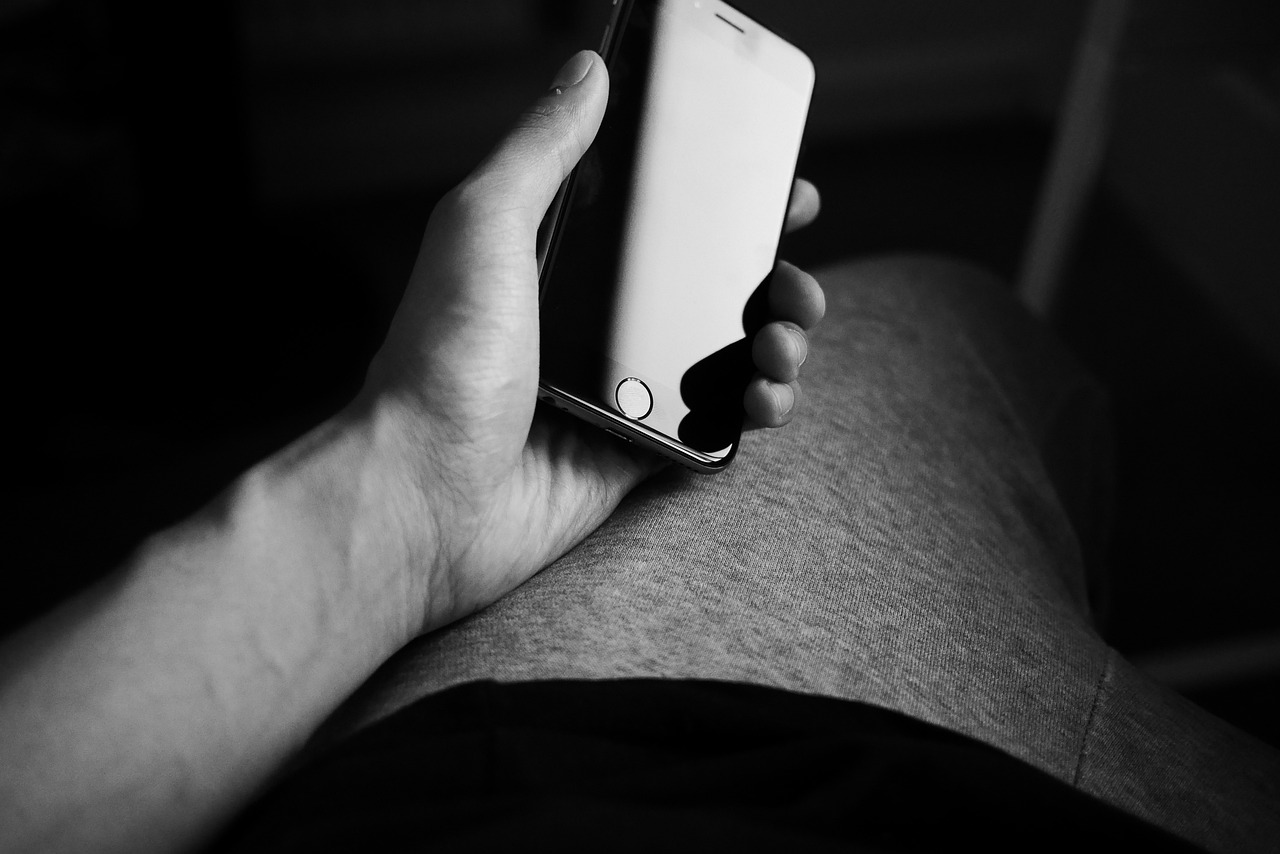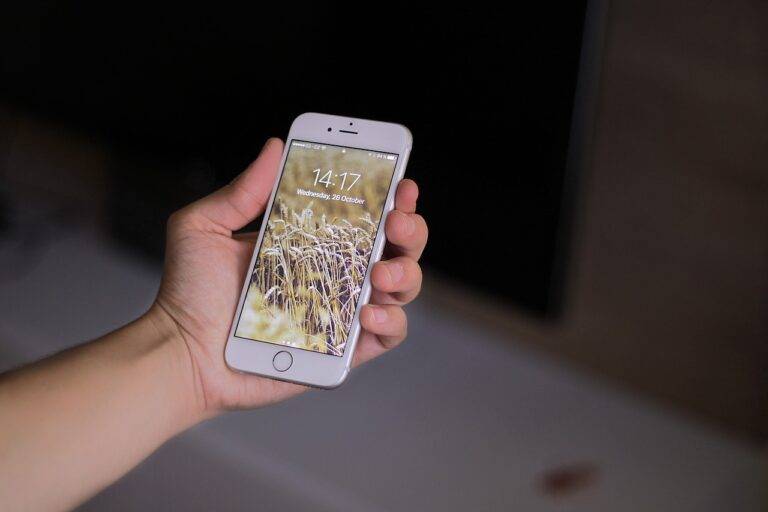The Psychology of Jewelry Attachment: Emotional Connections to Objects
laser book, silverexch, 11xplay reddy login:The Psychology of Jewelry Attachment: Emotional Connections to Objects
Why do we form emotional connections to certain objects? Whether it’s a cherished childhood toy, a special piece of clothing, or a piece of jewelry passed down through generations, many of us have items that hold a significant emotional value. In this article, we’ll explore the psychology behind our attachment to jewelry and how these emotional connections form.
The Power of Sentimental Value
Jewelry is often gifted to us or passed down from loved ones, making it inherently sentimental. Our emotional attachment to these pieces can be deeply rooted in the memories and emotions associated with the person who gave it to us or the occasions on which we received them. For example, a piece of jewelry given by a significant other may be a symbol of love and commitment, while a piece passed down from a grandparent may evoke feelings of nostalgia and connection to family heritage.
Psychological Significance of Adornment
Throughout history, jewelry has been used as a form of self-expression and adornment. Wearing certain pieces of jewelry can convey a sense of identity, status, or individuality. From ancient civilizations to modern societies, jewelry has played a vital role in personal and cultural expression. The act of wearing jewelry can boost confidence, elevate mood, and even serve as a form of self-care and self-expression.
Attachment Theory and Objects
Attachment theory, developed by psychologist John Bowlby, suggests that humans are biologically predisposed to seek proximity to attachment figures in times of distress. While traditionally applied to interpersonal relationships, attachment theory can also be extended to our relationships with objects. Just as we seek comfort and security from our loved ones, we may turn to certain objects, such as jewelry, for emotional support and reassurance.
Emotional Regulation and Jewelry
Research has shown that certain objects can serve as emotional regulators, helping us manage stress, anxiety, and other negative emotions. Wearing a piece of jewelry that holds sentimental value can provide a sense of comfort and support during difficult times. The act of touching, wearing, or even just looking at the piece can trigger positive emotions and memories, serving as a form of emotional regulation and self-soothing.
The Role of Memory and Association
Our memories and associations with jewelry play a significant role in our emotional attachment to these objects. A piece of jewelry may trigger specific memories, such as a significant event, a cherished moment, or a loved one’s presence. These memories and associations create a sense of continuity and connection, anchoring us to the past and reinforcing the emotional bond we have with the piece.
Attachment to Material Objects
Our attachment to material objects, such as jewelry, extends beyond the sentimental value they hold. Objects can serve as symbols of identity, personal history, and cultural heritage. The emotional connections we form with these objects are complex and multifaceted, reflecting our values, beliefs, and experiences. In a world that is constantly changing and evolving, our attachment to certain objects provides a sense of stability, continuity, and connection to our past and present selves.
The Phenomenon of Jewelry Collecting
For some individuals, collecting jewelry goes beyond a mere adornment; it becomes a passion and a way of life. Jewelry collectors often have a deep emotional attachment to their pieces, viewing them as works of art, symbols of beauty, or representations of personal identity. The act of collecting jewelry can be a form of self-expression, creativity, and emotional fulfillment, allowing individuals to curate their own unique collections and stories.
FAQs:
Q: Can jewelry really have emotional significance?
A: Yes, jewelry can hold significant emotional value due to the memories, associations, and sentiments attached to them.
Q: How can I strengthen my emotional attachment to my jewelry?
A: To strengthen your emotional attachment to your jewelry, take time to reflect on the memories and emotions associated with each piece, wear them regularly, and share their stories with loved ones.
Q: Is it normal to feel guilty about parting with jewelry?
A: It’s normal to feel conflicted about letting go of jewelry that holds emotional significance. Consider gifting or passing down the pieces to loved ones to preserve their sentimental value.
Q: How can I care for my jewelry to maintain its emotional value?
A: Proper care and maintenance of your jewelry, such as regular cleaning and storage in a safe place, can help preserve its emotional value and longevity.
Q: Can jewelry serve as a form of therapeutic healing?
A: Some individuals find solace and comfort in wearing or owning jewelry as a form of therapeutic healing, connecting them to their emotions, memories, and sense of self.
In conclusion, our emotional attachment to jewelry goes beyond mere aesthetics; it reflects our values, experiences, and personal history. Understanding the psychology behind our attachment to these objects can help us appreciate the significance they hold in our lives and strengthen the emotional connections we form with them. So the next time you put on a piece of jewelry, take a moment to reflect on the memories and emotions it evokes you may find a deeper connection than you ever imagined.







